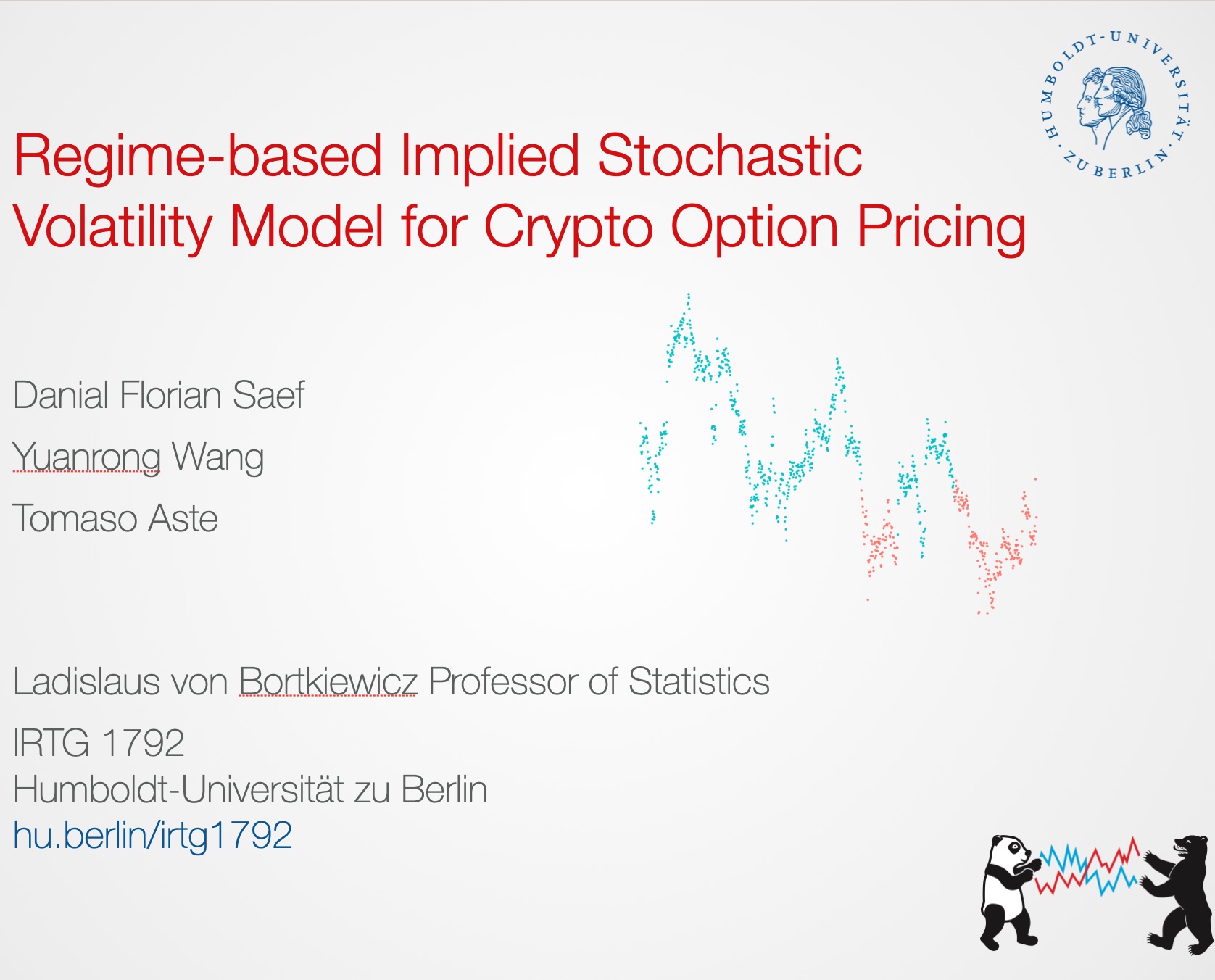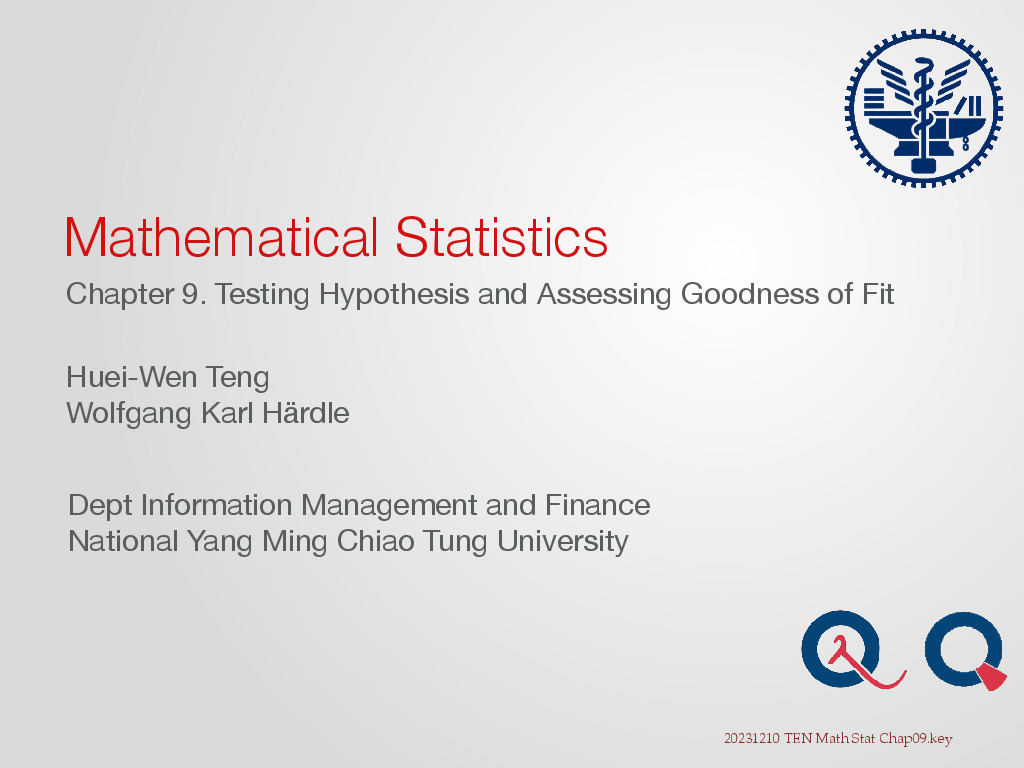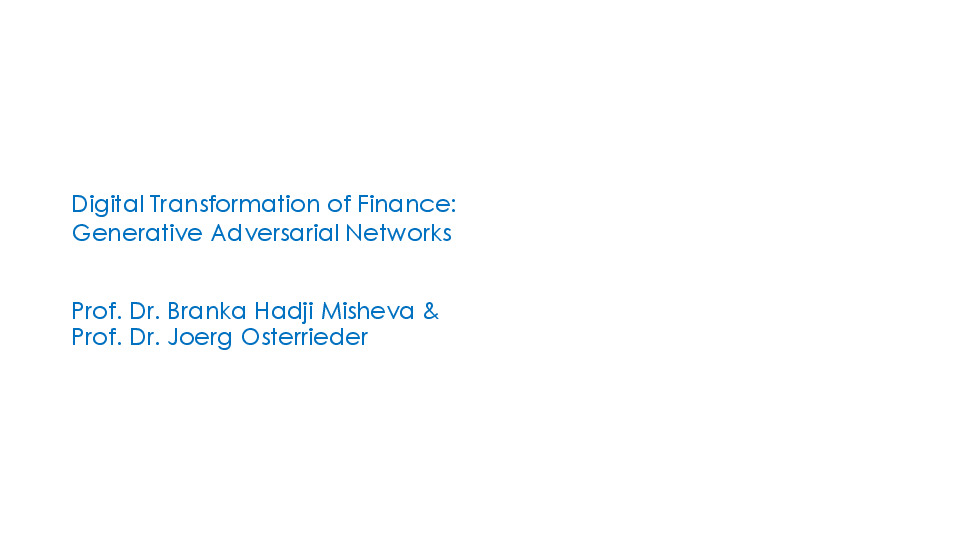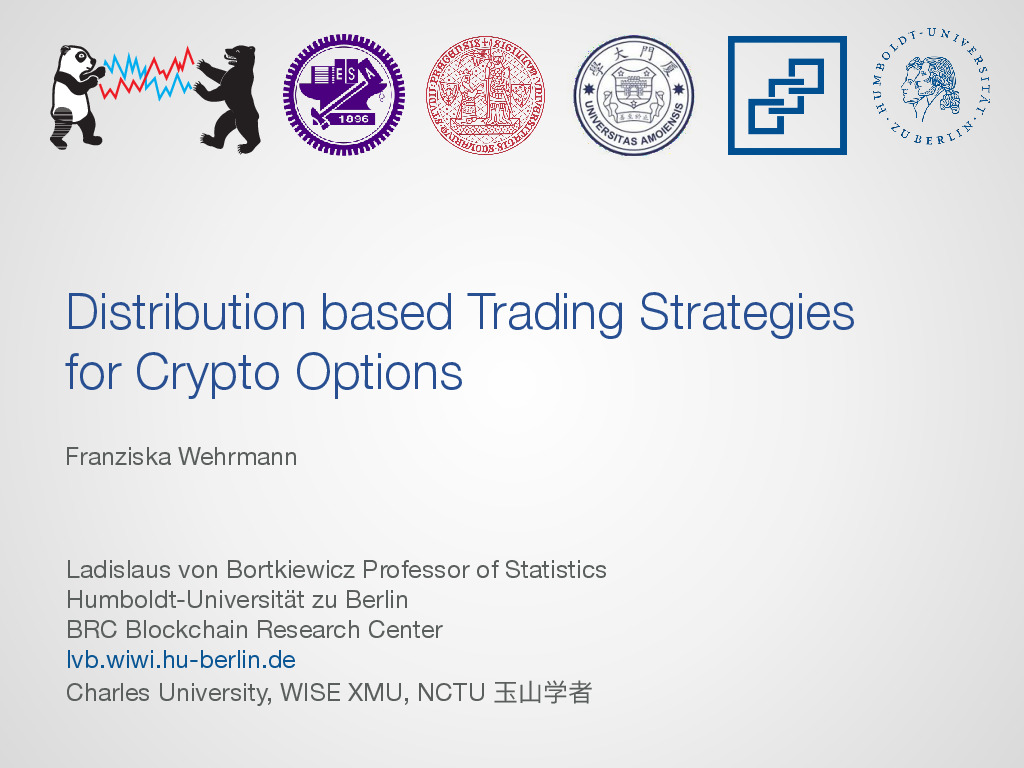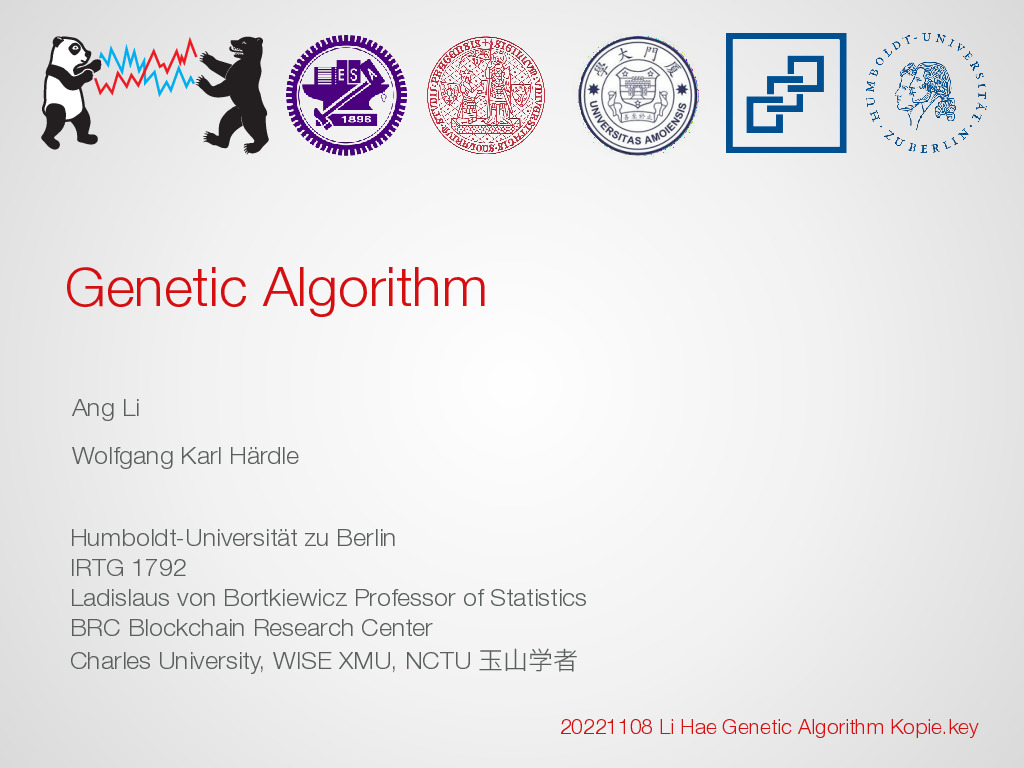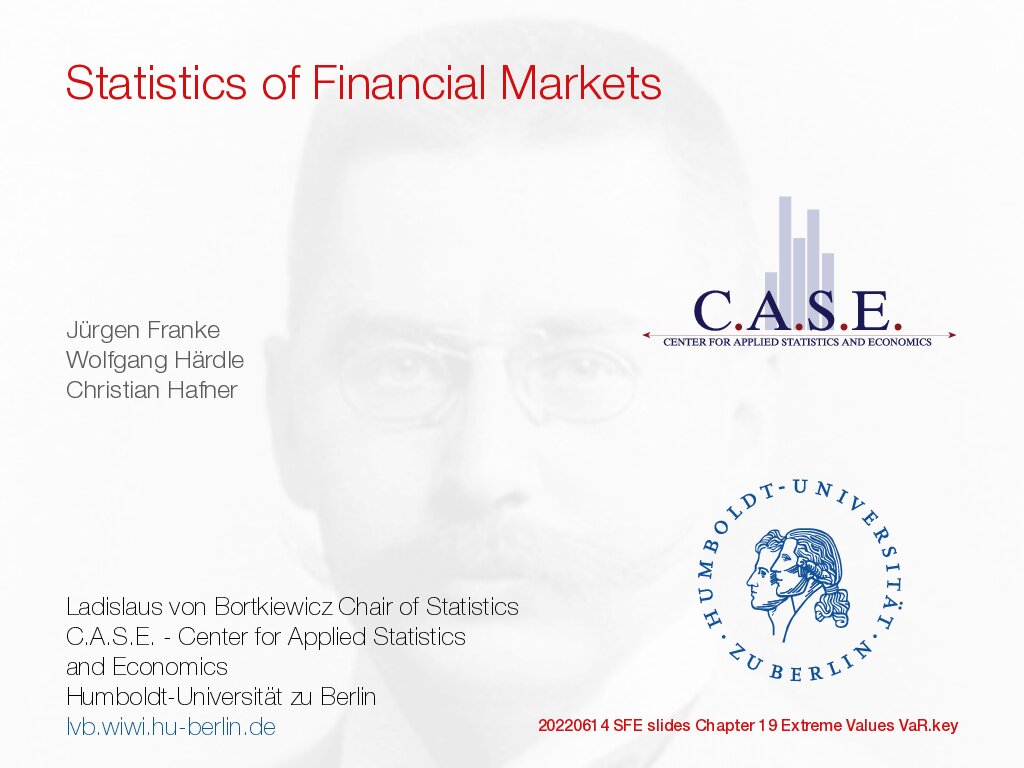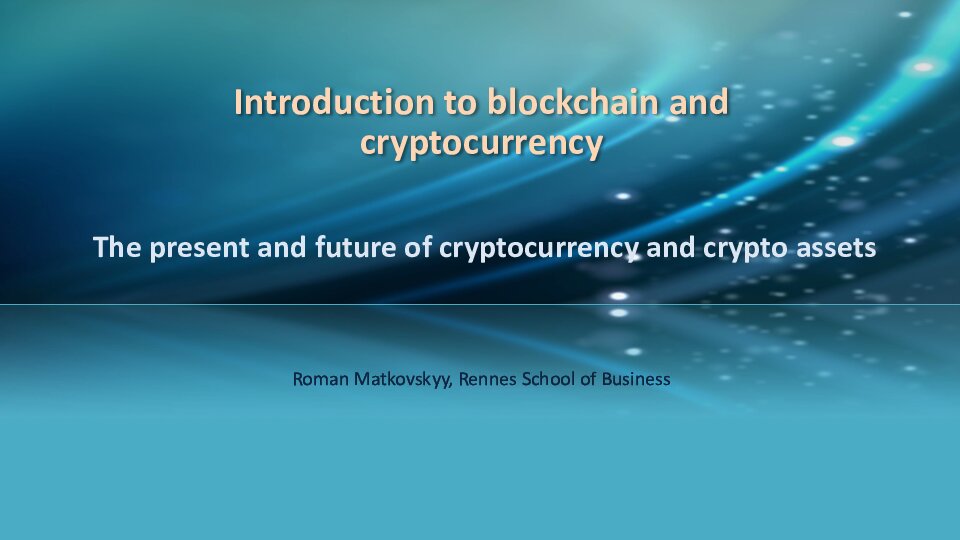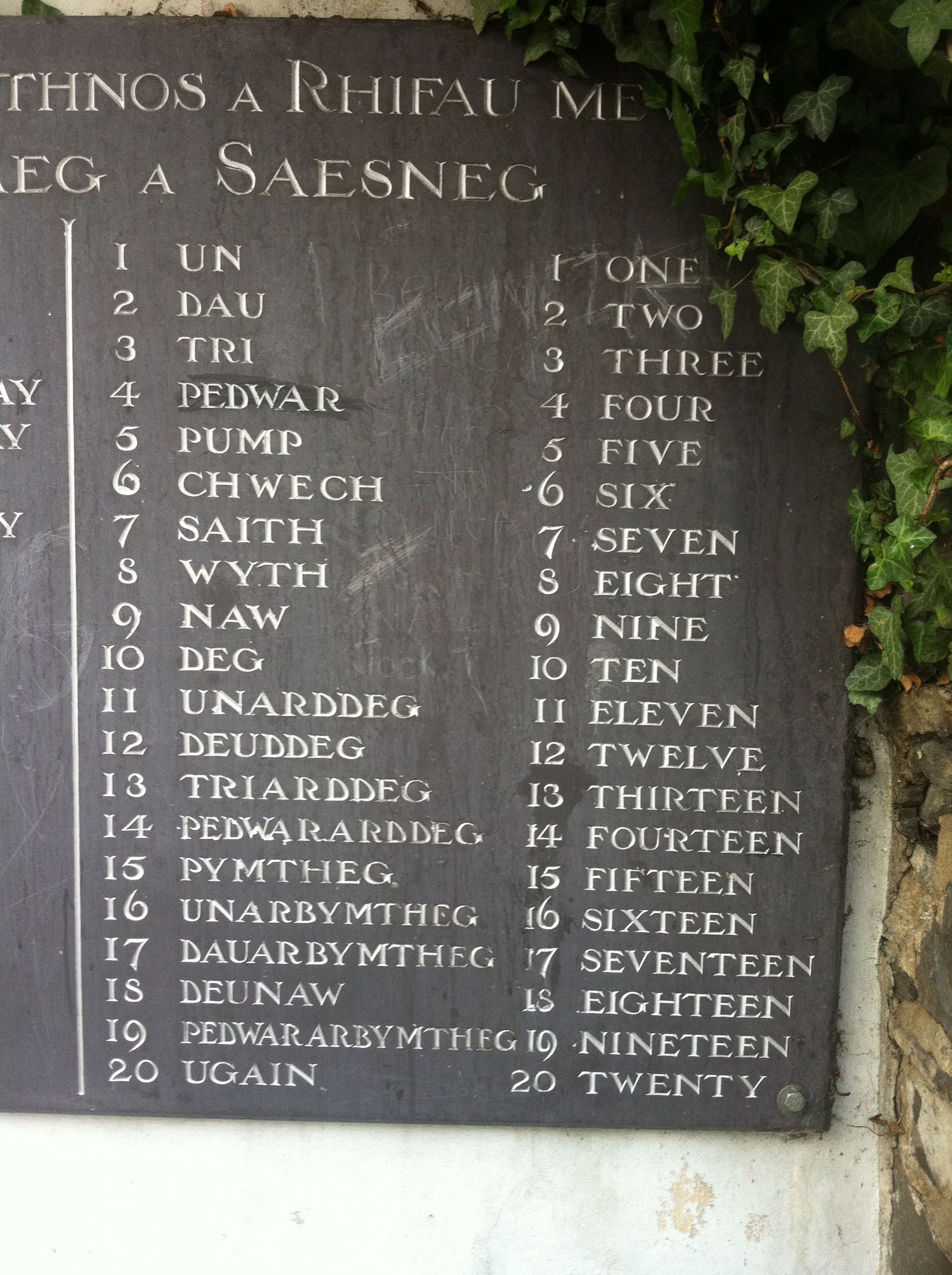Regime-Based Implied Stochastic Volatility Model
-
- 5 Rating
- 1 Reviews
- 4 Students Enrolled
Regime-Based Implied Stochastic Volatility Model
We leverage recent advances in market regime (MR) clustering with the Implied Stochastic Volatility Model (ISVM) on a very recent dataset covering BTC options on the popular trading platform Deribit.
-
- 5 Rating
- 1 Reviews
- 4 Students Enrolled
Requirements
- basic knowledge about cryptocurrencies, basic knowledge in statistics
General Overview
Description
The increasing adoption of Digital Assets (DAs), such as Bitcoin (BTC), raises the need for accurate option pricing models. Yet, existing methodologies fail to cope with the volatile nature of the emerging DAs. Many models have been proposed to address the unorthodox market dynamics and frequent disruptions in the microstructure caused by the non-stationarity, and peculiar statistics, in DA markets. However, they are either prone to the curse of dimensionality, as additional complexity is required to employ traditional theories, or they overfit historical patterns that may never repeat. Instead, we leverage recent advances in market regime (MR) clustering with the Implied Stochastic Volatility Model (ISVM) on a very recent dataset covering BTC options on the popular trading platform Deribit. Time-regime clustering is a temporal clustering method, that clusters the historic evolution of a market into different volatility periods accounting for non-stationarity. ISVM can incorporate investor expectations in each of the sentiment-driven periods by using implied volatility (IV) data. In this paper, we apply this integrated time-regime clustering and ISVM method (termed MR-ISVM) to high-frequency data on BTC options. We demonstrate that MR-ISVM contributes to overcome the burden of complex adaption to jumps in higher order characteristics of option pricing models. This allows us to price the market based on the expectations of its participants in an adaptive fashion and put the procedure to action on a new dataset covering previously unexplored DA dynamics.




